Winds of Change
The Salem Harbor site where a coal-fired power plant once stood is slated to become a clean energy offshore wind port terminal in 2026, launching New England definitively into a clean energy future.
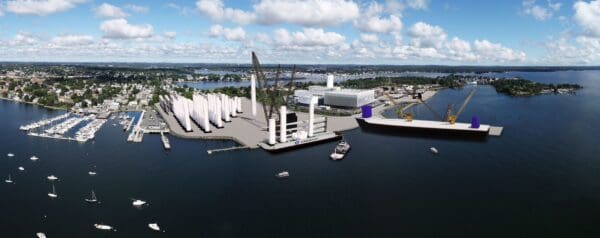
The Salem Harbor site where a coal-fired power plant once stood is slated to become a clean energy offshore wind port terminal in 2026, launching New England definitively into a clean energy future.

New England’s last two coal-fired power plants will close by 2028 and the region will finally be free of this polluting, toxic, climate-changing fuel.
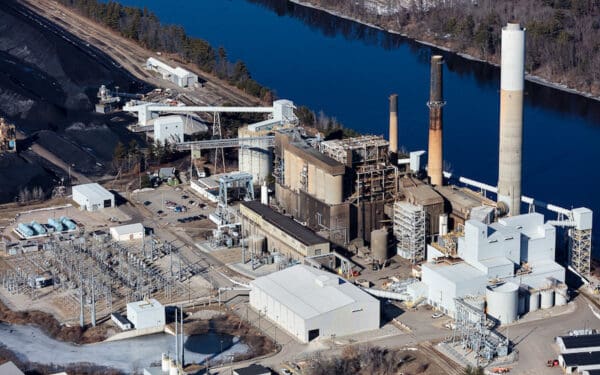
CLF is suing Big Oil to protect communities from dangerous facilities.

CLF is creating climate policies that will dramatically cut carbon emissions, particularly in polluting sectors like transportation.

Don’t believe the disinformation. We can develop offshore wind and meet our renewable energy goals while protecting the marine environment.
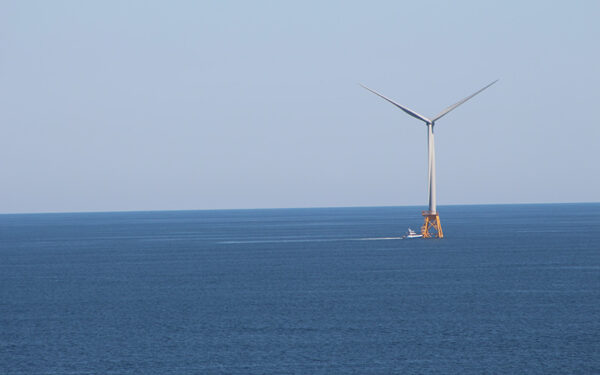
Microgrids will provide communities with energy independence, resilience, and security in the face of extreme weather.
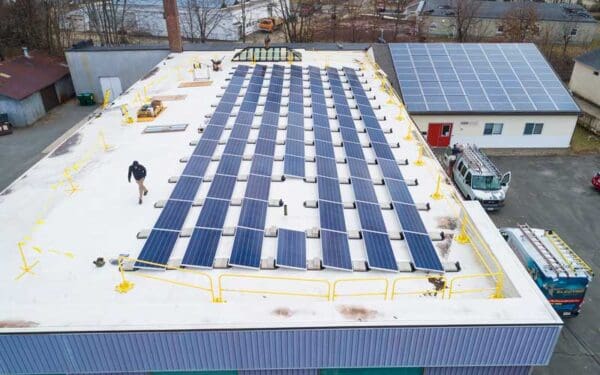
Fossil fuel companies are pushing alternative fuels as solutions to the climate crisis – but those fuels aren’t solutions at all.
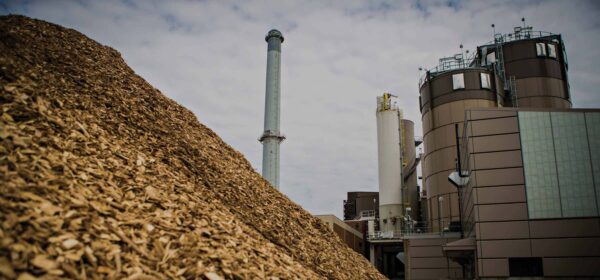
“It’s critical that we separate fact from fiction when it comes to biofuels,” said Caitlin Peale Sloan, Vice President of CLF Massachusetts. “The fossil fuel industry is pushing solutions like renewable natural gas as a silver bullet to confront the climate crisis with little evidence. The truth is these fuels will still pollute our climate and our air, and they must be used only in limited cases.”
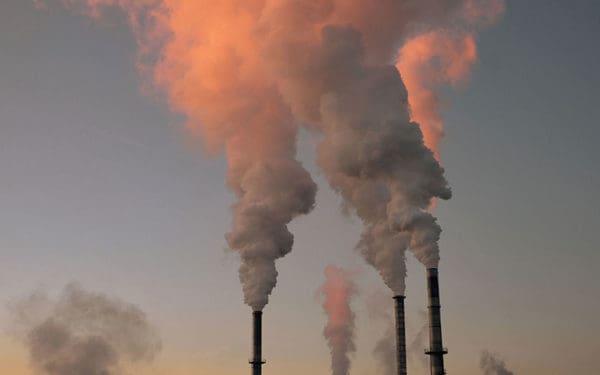
Our transition to a clean energy future must benefit those shouldering the worst burdens of pollution, economic loss, and public health harm

This landmark law aims to clean up how we heat our homes and buildings. Now we need to implement it effectively so that it achieves its goal.
